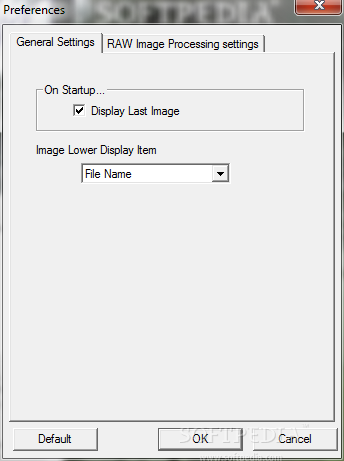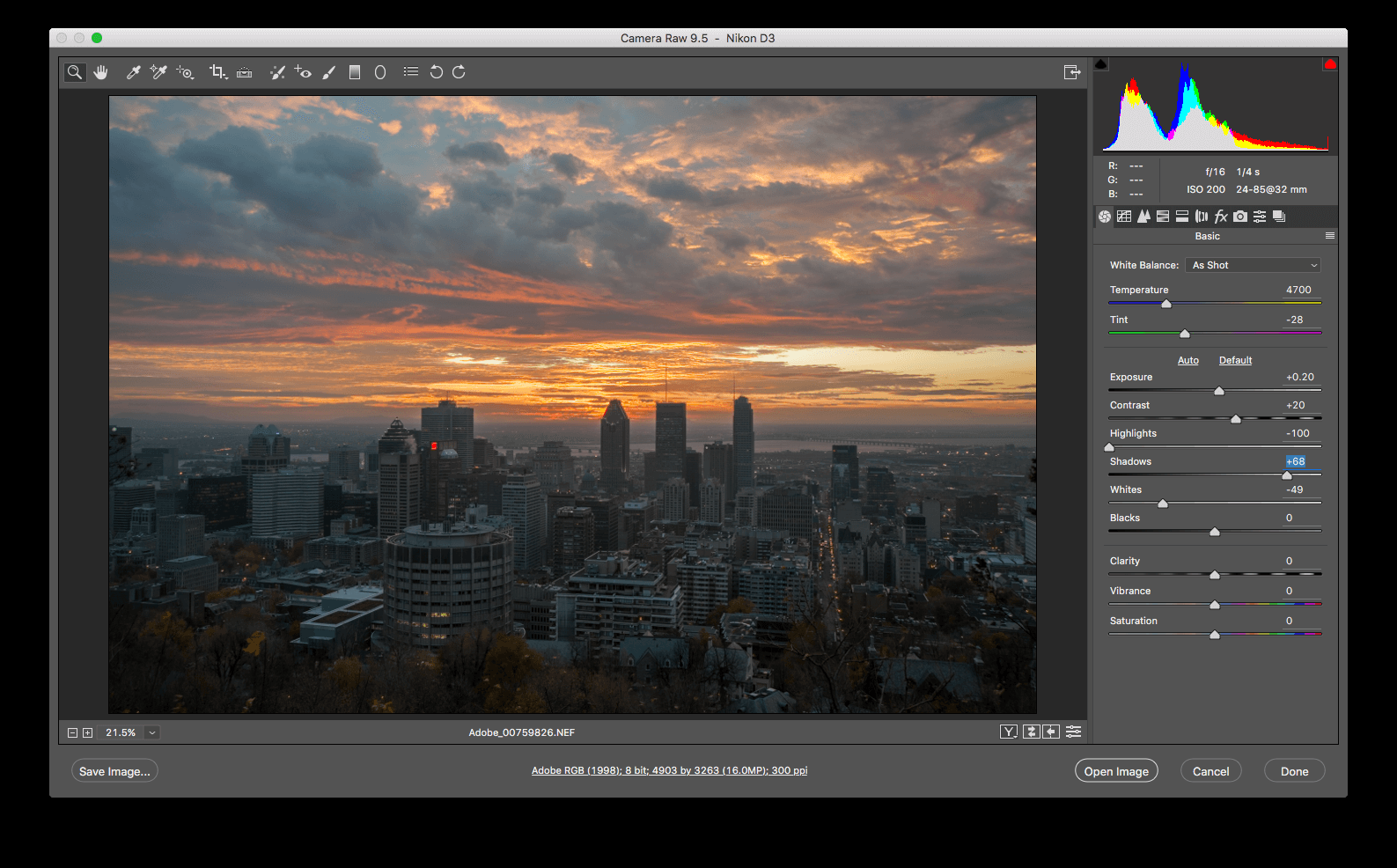

Note 3: If you do write a script to process an image, write it so that it accepts multiple filenames as parameters, then you can run parallel -X and it will pass as many filenames as your sysctl parameter kern.argmax allows. Note 2: You will want your disks well configured to handle multiple, parallel I/O streams. GNU Parallel is capable of transferring the images to remote servers along with the jobs, but I'd have to question whether it makes sense to do that for this task - you'd probably want to put a subset of the images on each server with its own local disk I/O and run the servers independently yourself rather than distributing from a single point globally.

Note 1: You could also list the names of additional servers in your network and it will spread the load across them too. You can specify fewer, or more jobs in parallel with, say, parallel -j 8. iname \*.arw -print0 | parallel -progress -0 ProcessOne Īnd that will recurse in the current directory finding all Sony ARW files and passing them into GNU Parallel, which will then keep all 24-cores busy until the whole lot are done. So, say you have a 24-core MacPro, and a bash script called ProcessOne that takes the name of a Sony ARW image as parameter, you could run: find. I would also think you may want to consider porting, or having ported, Fred's algorithm to C++ or Python to run with OpenCV rather than ImageMagick. If/when you get a script that does what you want, I would suggest using GNU Parallel to get decent performance. © Fred Weinhaus - Fred's ImageMagick scripts Your project sounds distinctly commercial. You may want to speak to Fred Weinhaus about his Retinex script (search for "hazy" on that page), which does a rather wonderful job of haze removal. It's also 173 solid days of 24 hr/day processing, assuming you can do 1 image per second - which I doubt. Many digital cameras use this format to store unprocessed data.That's 200TB of input images, without even allowing any storage space for output images. This format be supported by almost all of RAW image processing software, such as Adobe Photoshop, Adobe Lightroom, Darktable, RawTherapee and more. DNG (Digital Negative) is an open lossless image format developed by Adobe for the raw data generated by digital cameras, based on the TIFF/EP standard format.RAW (RAW Image) is a variety of standardized image files used by digital cameras containing the unprocessed data from the sensor, including DNG (Adobe),CR2/CRW (Canon), NEF (Nikon), ARW/SRF/SR2 (Sony), ERF (Epson), PEF (Pentax), RW2 (Panasonic) and more.If the source file is a very large file, it will take more time to upload, be sure to select a valid file.This converter cannot support encrypted or protected image files.If the file upload process takes a long time or is unresponsive or very slow, please try to cancel and resubmit.Before uploading, please make sure you agree to the terms of this website.The maximum upload file size is 200 MB.Once the upload is complete, the converter will redirect a web page to display the conversion results.Click the "Convert" button to start uploading your files.IMPORTANT: You must have the Image Converter 2 or Image Converter 2 Plus.
SONY RAW IMAGE CONVERTER UPGRADE
This upgrade enables users to convert images and video stored on Memory Stick media into formats that can be used by PSP devices.
SONY RAW IMAGE CONVERTER SOFTWARE
3.0) software to Image Converter 3 ver 3.1. The tool will try to maintain the image quality of the source RAW file and create a high quality DNG file as much as possible.
SONY RAW IMAGE CONVERTER FREE
This free RAW to DNG converter can help you convert RAW (RAW Image) image to DNG (Digital Negative) image.


 0 kommentar(er)
0 kommentar(er)
